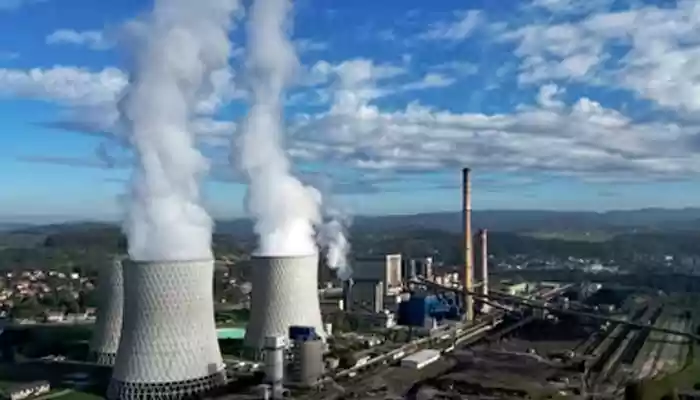
According to a new research, global carbon emissions due to fossil fuels have increased again in 2023.
Generally, half of the emitted CO2 gets absorbed by land and ocean, however, the other half remains in the atmosphere causing global warming and consequent climate change. With rapidly rising concentration of green house gases like carbon dioxide, scientists are trying to find out cost-effective methods to capture carbon from atmosphere. In this article we will discuss about the current trends in carbon emissions and modern technologies to capture them.
The 'Global Carbon Project' science team including the University of Exeter, the University of East Anglia (UEA), CICERO Center for International Climate Research, Ludwig-Maximilian-University Munich and 90 other institutions around the world, predicted in a recent study that fossil carbon dioxide (CO2) emissions of 36.8 billion tonnes in 2023, up by 1.1% from the last year.
The report mentioned: “Emissions in 2023 are projected to increase in India (8.2 per cent) and China (4 per cent), and decline in the EU (-7.4 per cent), the US (-3.0 per cent) and the rest of the world (-0.4 per cent).”
According to the researchers, global combined action to reduce fossil fuels is not taking place fast enough to avert threatening impact of climate change.
The report projects that “total global CO2 emissions (fossil + land-use change) will be 40.9 billion tonnes in 2023. This is about the same as 2022 levels, and part of a 10-year "plateau" - far from the steep reduction in emissions that is urgently needed to meet global climate targets.”

At the current emissions rate, the Global Carbon Budget team estimated “A 50% chance global warming will exceed 1.5 degree Celsius consistently in about seven years.”
"The latest CO2 data shows that current efforts are not profound or widespread enough to put global emissions on a downward trajectory towards Net Zero, but some trends in emissions are beginning to budge, showing climate policies can be effective," said Professor Corinne Le Quere, Royal Society Research Professor at UEA's School of Environmental Sciences.
Global delegates met in Dubai at 28th United Nations Climate Change Conference, or Conference of the Parties (COP28) with an aim to help nations which are severely impacted by the carbon emissions and climate crisis.
Another major goal of this conference is to find ways to to reduce “greenhouse gas emissions by 43 percent by 2030 compared to 2019 levels to limit temperature rise to 1.5 degrees Celsius by the end of this century.”
(Video courtesy: @Freethink YouTube channel)
Under a huge threat of climate change, it's important to consider innovative ways to reduce carbon emissions. As of now, there are three carbon capturing processes, i.e. post-combustion, precombustion and oxy-combustion techniques.
During post-combustion CO2 capture technique, CO2 from the exhaust gas streams gets captured and removed before entering into the atmosphere.
In the pre-combustion CO2 capture technique, partial oxidation of fuel materials is conducted to produce both CO2 and H2O. Just before combustion reaction, CO2 is captured.
In the oxy-combustion CO2 capturing method, carbon dioxide is removed by pure oxygen, leading to a removal of large volume of carbon dioxide.
Additionally, use of zeolite, ionic liquids are also promoted globally. Mostly, these materials adsorb CO2 leading to a reduction in overall concentrations.
Inspite of these efforts, there's still a growing demand and utilization of carbon sources with a potential to harm the atmosphere.
“The impacts of climate change are evident all around us, but action to reduce carbon emissions from fossil fuels remains painfully slow,” said Professor Pierre Friedlingstein of Exeter's Global Systems Institute. So, our future is on our hand to make it greener or darker.